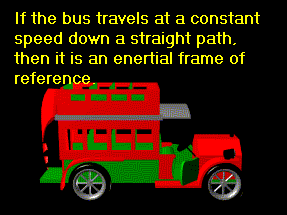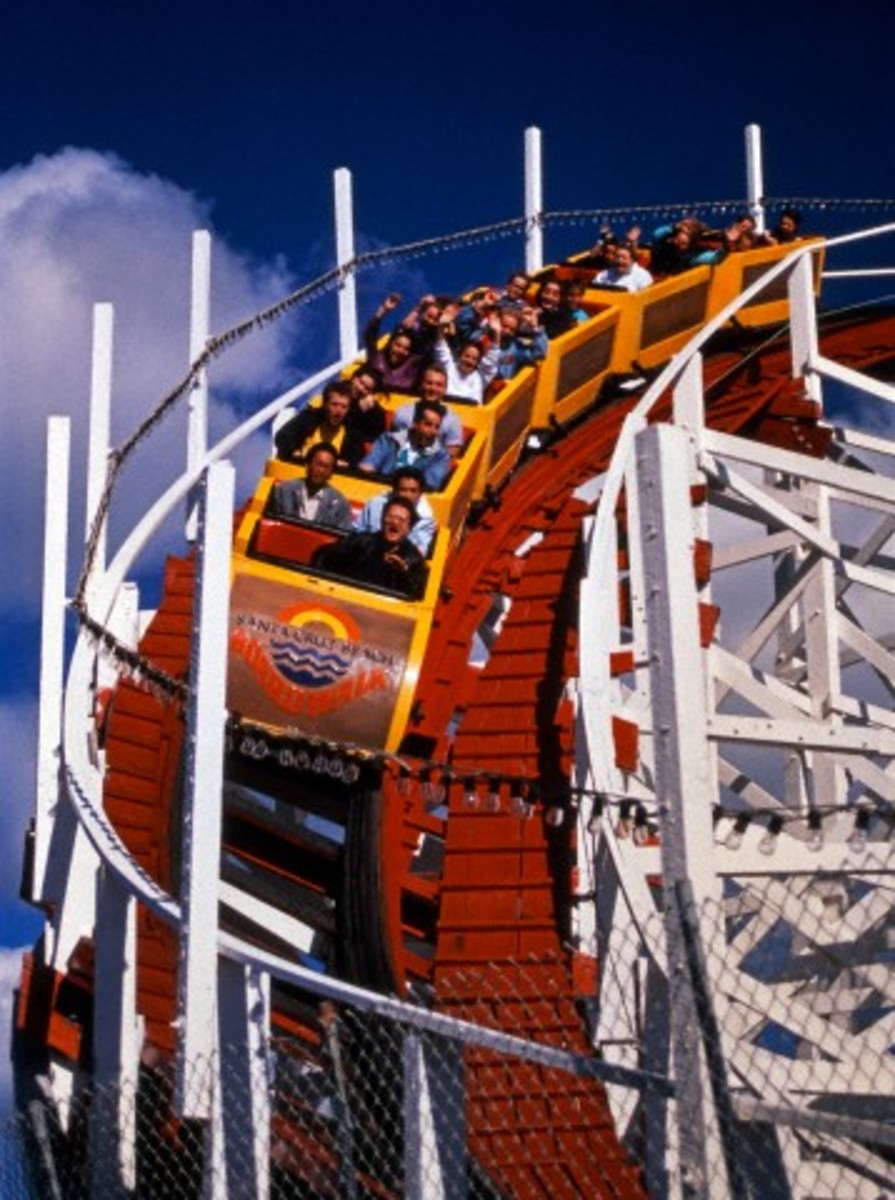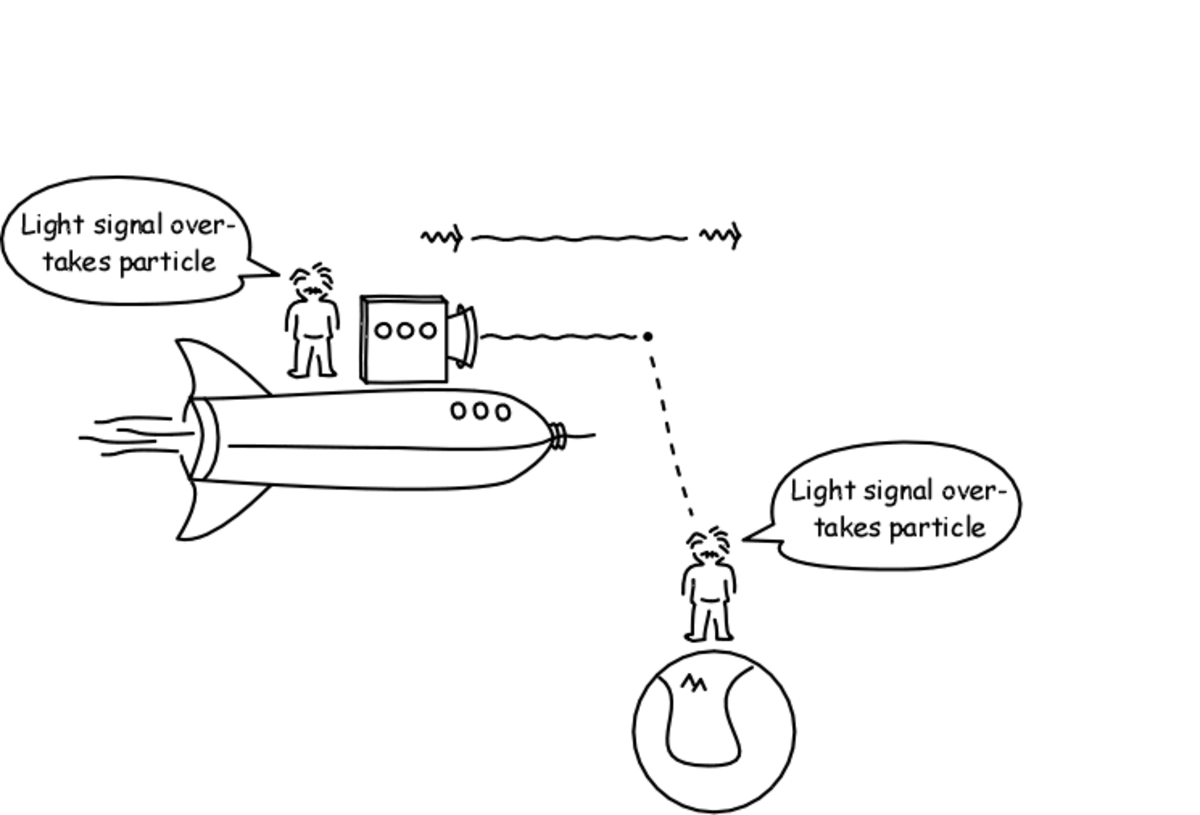Understanding inertial and non-inertial frames of references
Newton's laws of motion
There are three laws of motion given by Newton :
Law 1 : Law of inertia : It says, 'Every body continues to be in a state of motion or at rest, until and unless it is acted by some external and imbalanced force.' It means that body tends to retain its state of motion.
Law 2 : Mathematical formula for force : It says, 'Rate of change of momentum of a body is directly proportional to the force acting on it.' From this law we draw the conclusion that Force = Mass * Acceleration.
Law 3 : Most famous one : 'Every action has equal and opposite reaction'. People usually misinterpret this law. The action and reaction occurs at same instant and can never be separated from each other.

Criteria to distinguish between inertial and non-inertial frame of references
The only criteria to distinguish between inertial and non-inertial frames of reference is to check whether Newton's 1st law of motion holds good or not. In a given frame of reference if 2nd law is true then the considered frame is inertial frame of reference and vice versa.
Consider a railway platform and consider a box which is stable and rests on the platform. Case 1 : Consider a train is moving alongside the platform with constant velocity. For a passenger in the train, frame of reference is the train which looks stable to him. Its the platform which will be in motion for him from trains' frame of reference. The passenger will see that the box kept on platform is in uniform motion because his train is in uniform motion. Now, if we will analyze the force acting on block from platforms' frame of reference, 2 forces act on the box, one is its weight and the other one is the normal reaction due to platform and both nullify each other and so the block is in rest that is force=0. Now for the trains' passenger, the block is in uniform motion and according to Newtons' 2nd law of motion, Force=0. Now you may say that box is in motion then how come force is 0?? Fact is 2nd law says that zero force means zero acceleration. Here velocity of the box is uniform for the trains' frame of reference which means there is no acceleration i.e. force is zero. Therefore, from trains' frame of reference, zero force means zero acceleration i.e. 2nd law holds true. So, the train moving with uniform velocity is inertial frame of reference.
Case 2 : When train is in accelerated motion. Say the train moves with acceleration 'a'. Then from the trains' frame of reference, the box will also be in accelerated motion but it will move in opposite direction with acceleration '-a'. In fact, the box is in rest but it appears to be accelerated from the train. Which means that Zero force doesn't corresponds to zero acceleration. Though the Force on the box is zero, from the train it appears to be accelerated. Thus, Newtons' 2nd law is not true for trains' frame of reference in this case. Therefore, this is non-inertial frame of reference.
Concept of Pseudo force
Pseudo force is an imaginary force which is experienced only in a non-inertial frame of reference. Since in non-inertial frame of reference, zero force doesn't means zero acceleration. So there is existence of an imaginary acceleration on the body when viewed from non-inertial frame of reference. Consider the example of the box and platform in 2nd case. Here, a from trains' frame of reference, the block is in acceleration i.e. '-a', even though the block is actually in rest. Thus for a traveler, the force acting on the box will be '-ma' where m is the mass of the box. Thus, '-ma' is the pseudo force acting on the box from the trains' frame of reference which is not real but becomes visible when viewed from non-inertial frame of reference. Have you ever noticed the outward force acting on you while on merry-go-round?? Why so??
Conclusion
Thus, when a frame of reference is accelerated, the frame is non-inertial and it is also known as accelerated frame of reference. When a frame of reference is stable or in uniform motion, the frame of reference is inertial and is also known as non-accelerated frame of reference. In inertial frame of reference, zero force corresponds to zero acceleration. In non-inertial force, zero force doesn't correspond to zero acceleration.








